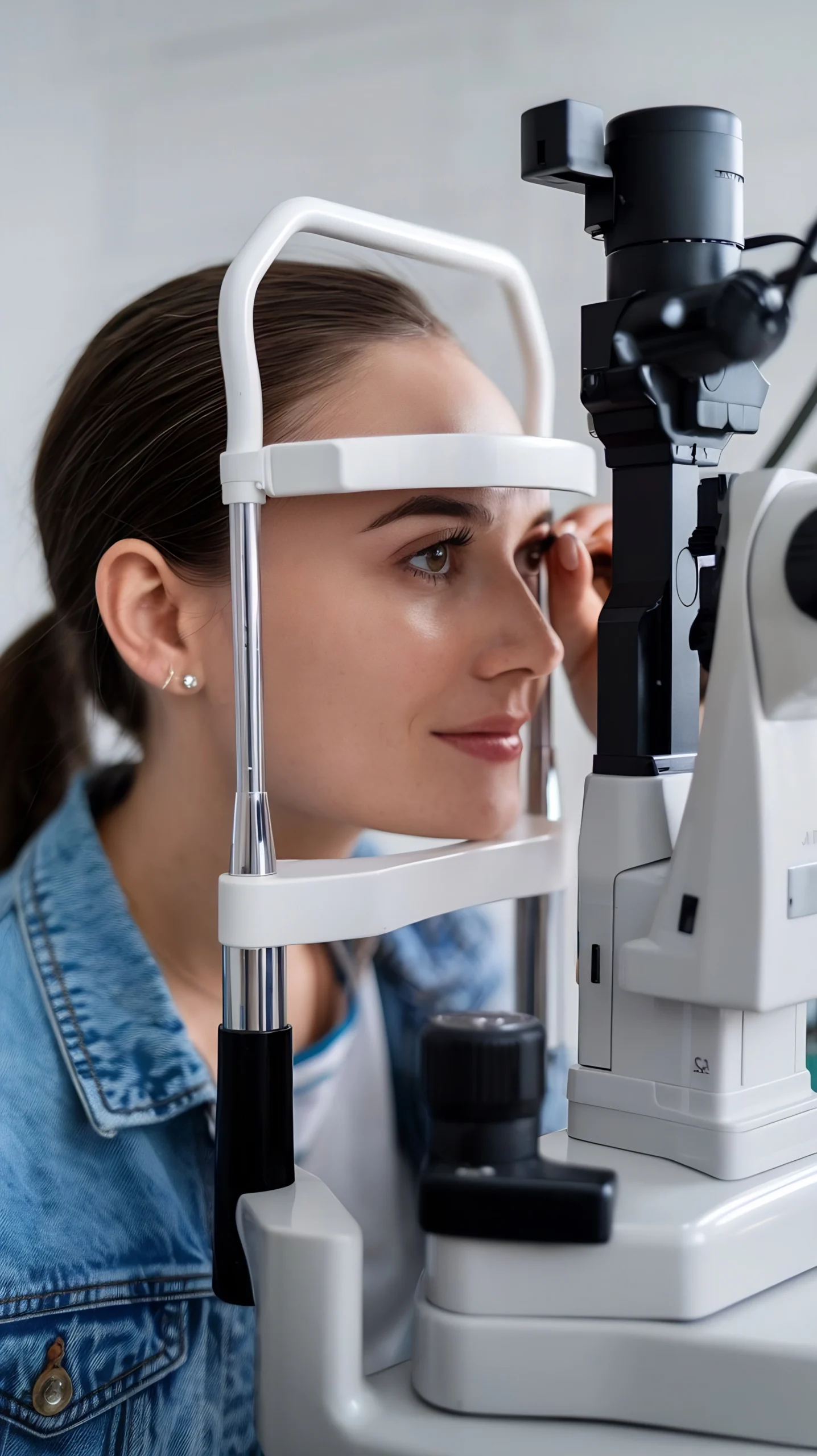
Types of Glaucoma
-
Primary Open-Angle Glaucoma (POAG)
-
Angle-Closure Glaucoma
-
Normal-Tension Glaucoma
-
Secondary Glaucoma
-
Congenital GlaucomaCauses
Family History: Genetics play a significant role in the development of glaucoma. Having a family history of the disease increases your risk of developing it.
- Ethnicity: Certain ethnic groups are at higher risk for glaucoma.
- Myopia (Nearsightedness): Severe nearsightedness has been associated with an increased risk of developing glaucoma.
- Gradual Vision Loss
- Tunnel Vision
- Severe Eye Pain/Red Eyes
- Headache
- Nausea and Vomiting
- Rainbow Halos
- Enlarged Eyes
- Cloudy Cornea
Book Your Consultation for Glaucoma Eye Surgery Today!
Treatment
Medications
-
Eye Drops
Most commonly prescribed to reduce IOP by decreasing fluid production or increasing fluid drainage.
-
Oral Medications
Sometimes used in combination with eye drops for more effective IOP control.
Laser Treatments
-
Laser Therapy:
(laser Trabeculoplasty/ Laser iridoplasty/ Laser Iridotomy/ Laser cyclophotocoagulation) Used to improve fluid drainage or to create a new drainage path in the eye. Laser .
Surgery
-
Filtering Surgery
Creates a new drainage pathway to lower IOP.
-
Drainage Implants
Small devices implanted in the eye to help fluid drain properly.
-
Minimally Invasive Glaucoma Surgery (MIGS)
Less invasive procedures designed to lower
